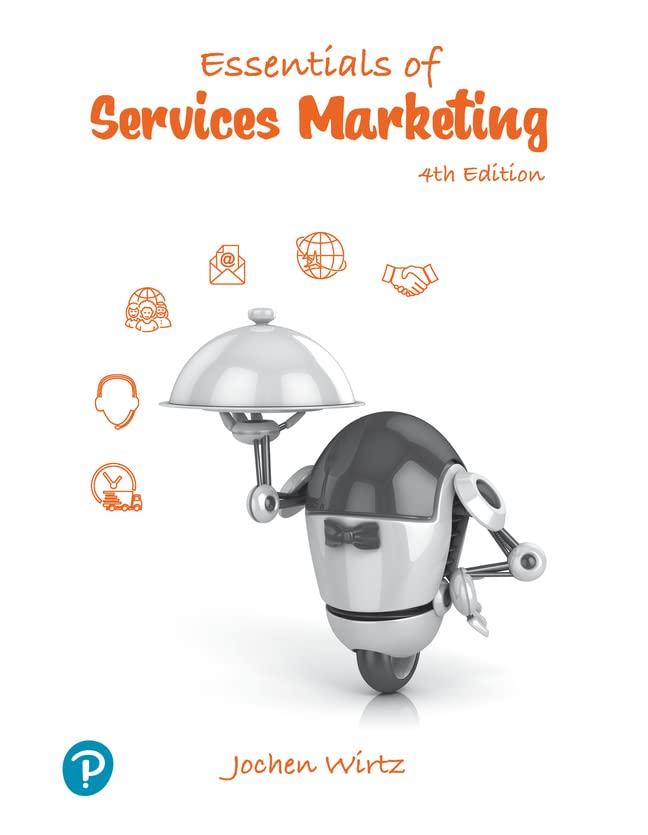It has become fashionable to show tables of the market valuations of supposed legacy companies like Marriott
Question:
It has become fashionable to show tables of the market valuations of supposed legacy companies like Marriott International (referred to here as pipeline businesses) and compare them to their peer-to-peer (P2P) platform business model counterparts such as Airbnb. Indeed, these asset-light platform businesses often approach or even exceed the market capitalization of their “old economy” counterparts, although they often have no physical assets to speak of. Over the past 10 years, P2P platforms have enjoyed explosive growth.
Consumers around the world have become familiar with the sharing economy and many are happy to use what it offers, such as the peer-provided accommodation on Airbnb.
AIRBNB’S MOVE INTO PIPELINE BUSINESSES
To sustain its rapid growth, Airbnb acquired last-minute hotel booking platform HotelTonight, which enabled it to offer HotelTonight’s independent and boutique hotel offerings directly on the Airbnb platform. Thanks to the acquisition, instead of having to work individually and directly with boutique hotels and bed and breakfast owners to list their properties, Airbnb could integrate a large amount of hotel inventory onto the Airbnb platform at a lower cost. This was achieved through technology integration at the back-end between HotelTonight and Airbnb. Offering these hotels and vacation rentals on one platform allowed Airbnb to enjoy marketing-related synergies associated with cross-selling. In particular, Airbnb found that guests who first booked a hotel on Airbnb were highly likely to return and also book peerprovided rooms in the future.
Furthermore, Airbnb started pipeline-like product innovation with an emphasis on standardizing products. For example, it launched Airbnb Plus, which listed quality-inspected homes that include everyday essentials. While these homes commanded a price premium over regular Airbnb listings, they offered the traveler more hotel-like consistency with a specified minimum level of comfort, amenities, and design.
Airbnb Luxe was another sub-brand that offered “extraordinary homes with five-star everything.” These homes had to adhere to over 300 brand standards, including design features such as high-vaulted ceilings, attractive art, and closets with matching hangers, thus enabling Airbnb to develop branded accommodation services that are closer in nature to their pipeline competitors.
Airbnb also experimented with but later aborted an apartment-hotel hybrid concept offering 200 luxury suites located at New York’s 75 Rockefeller Plaza, which would have moved Airbnb even closer to its pipeline-like hotel competitors.
STUDY QUESTIONS
1. How does Airbnb’s originally pure P2P platform business model differ from Marriott’s traditional pipeline model in terms of its economics, operations, and marketing and distribution?
2. Why would it make sense for Airbnb to move into owning or controlling room capacity rather than relying entirely on peer-provided capacity even though it comes with a higher cost base?
3. Does Airbnb have network effects that protect it from competition? How else can Airbnb build customer loyalty?
4. What are Marriott’s key challenges of adding peerprovided room capacity to their marketing, distribution, and operations systems?
Step by Step Answer:






